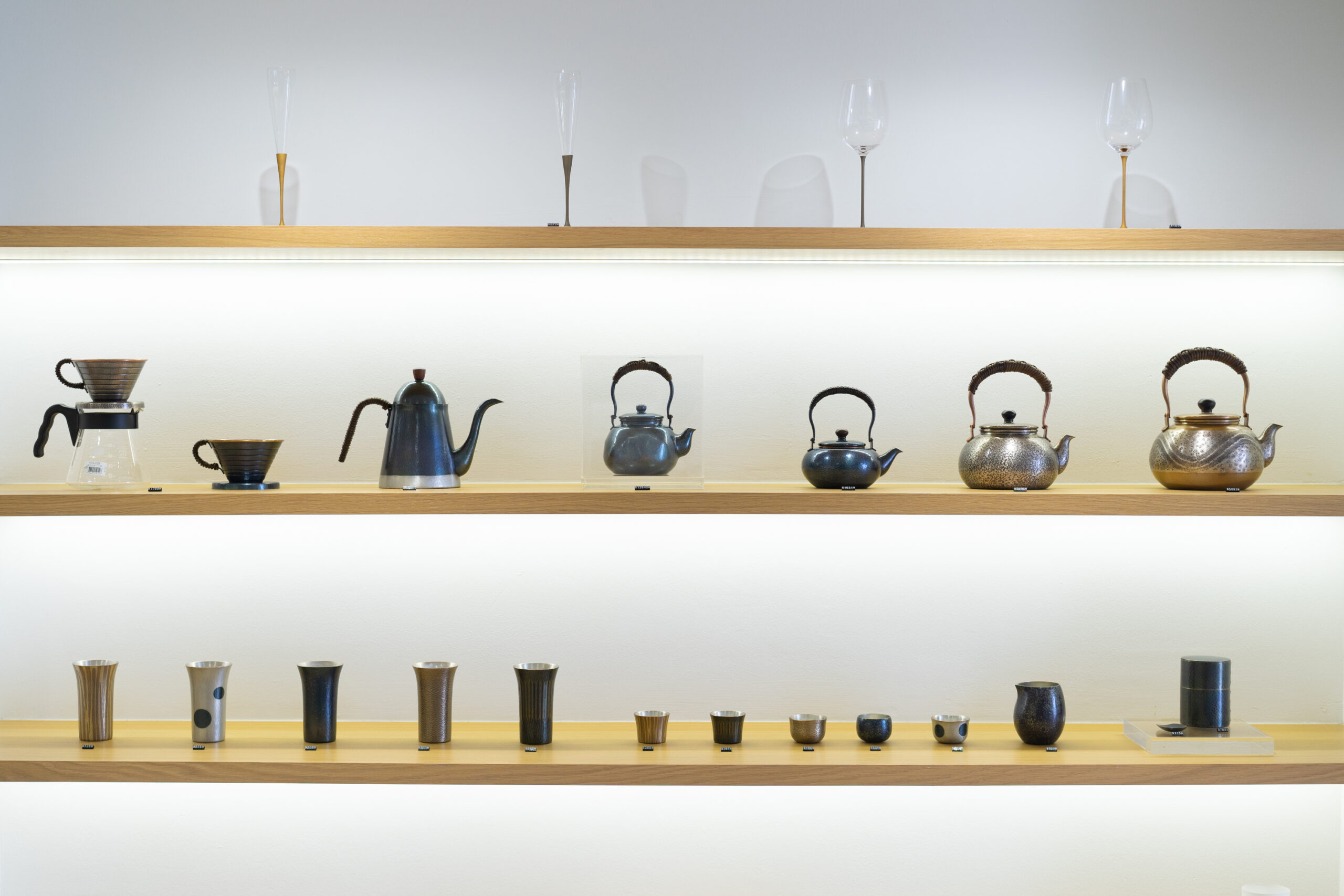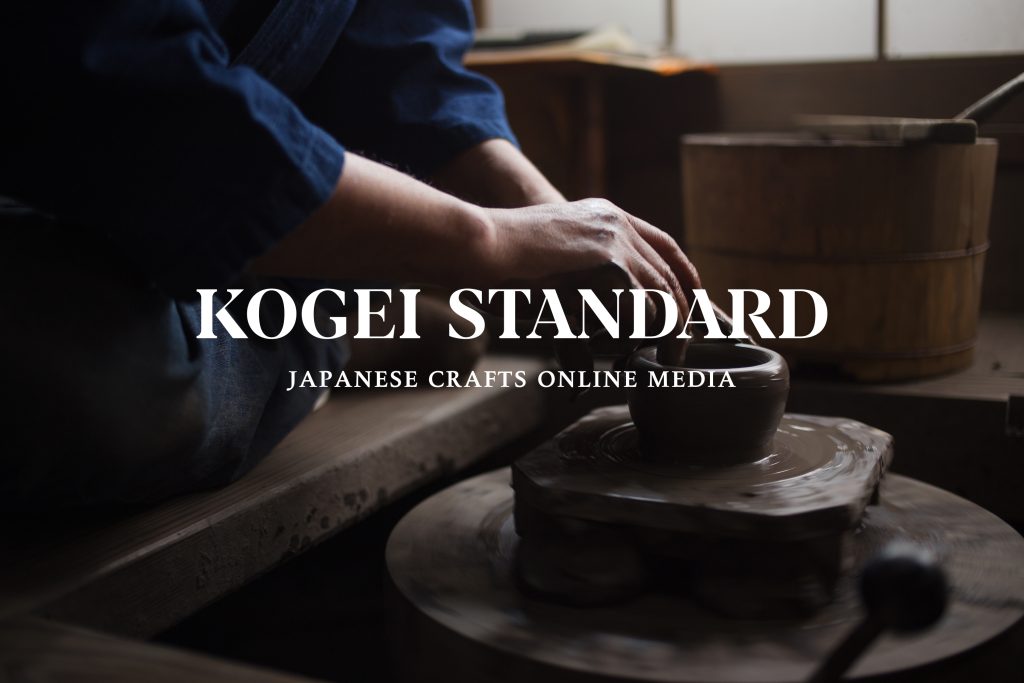HULS Gallery Singapore is privileged to showcase handcrafted Tsuiki copper ware from Gyokusendo. A specially curated selection of copper ware including teapots, kettles, tea canisters, sake cups and beer mugs will be in our permanent collection. This is a wonderful opportunity to see the products up close and to experience them personally.
Founded in 1816, Gyokusendo is a traditional handcrafted tsuiki (hammer beating) copper ware studio that is located in Tsubame-Sanjo, Niigata prefecture. The metal industry in Tsubame-Sanjo emerged in the early Edo period (17th century) by producing nails. Today the area is known for metalworking factories and workshops, which produce a vast array of metal products like cutting tools, housing wares and machine parts. Tsuiki copper wares are created by hammering a single sheet of copper, using handcrafting techniques that were handed down and innovated from generation to generation.
The artisans at Gyokusendo work meticulously with well honed skills that are handed down from generations to create these beautiful wares. A signature feature of a tsuiki copper ware is the honeycomb-like appearance which requires the deft hand and mental focus of the artisan in order to create. Besides hammering, a variety of other crafting techniques such as carving and colouring are also used by Gyokusendo to produce tsuiki copper ware in both traditional and modern designs. Tsuiki copper ware develops a patina naturally over time, adding character and personality to the products and with care and maintenance they can be passed down to the generations to come.
Gyokusendo is classified as an “Intangible Cultural Property” by Niigata Prefecture and the Japanese National Cultural Affairs Agency. The 6th generation master craftsman, Norio Tamagawa, is also designated a “Preserver of Important Intangible Cultural Property”, or commonly known as “Living National Treasure” in Japan in recognition of his high mastery in metal hammering technique.


